In this blog we have talked about design from a humanistic approach. Beyond its usefulness to increase sales and achieve economic targets, design influences people’s behavior. That is why, as designers, it is increasingly necessary to keep ethical design in mind when we have to make a decision.
We have a clear example of how users use social networks. A habit and a way of relating to technology that make them addictive and harmful. This path that we have taken has been propitiated by design decisions that give rise to habits of dubious morality.

What is ethical design?
The definition of ethical design is very simple, but at first it may sound more like a chimera or idyllic because of the society in which we live. Ethical design consists of thinking first about the user, about how the communication of certain messages or habits of use can influence their behavior.
Ethical design should guide the way designers work on projects, the relationship with co-workers, clients and other profiles that are part of the chain according to their features.
When we say to put the user at the center, we are not talking about thinking about him to offer him solutions when using digital products, like the User Experience discipline. We are referring to whether this solution that we offer them can negatively affect them in other aspects that we are overlooking.
The idea is to go one step further in user experience, or to include ethical design within this discipline so that the decisions made imply responsibility towards those users.
Fortunately, more and more people, both users and designers, are becoming aware of the impact of design on society. As a result of this fact, the B Corps were born, companies that are committed and responsible with society and that already have a distinctive seal in this aspect to differentiate them from others.
Examples of ethical design
Ethical design can be extrapolated to all areas of design. In graphic design and especially in the design of digital products we can make an ethical use of design by avoiding the use of dark patterns so as not to incite the user to take an action that he or she does not really want to take.
In more traditional design we see how, through graphic advertising pieces, they encourage the consumption of products that are harmful to health through manipulated messages, aesthetic models as unscrupulous beauty standards or big brands that install their factories in the most impoverished regions and pay ridiculous salaries. You can read more examples of this type in Naomi Klein’s fantastic book No Logo.
In a way, ethical design could be defined as a mix between design and philosophy. Show proposals to achieve certain objectives, but also thinking about how it can affect the behavior of the human being as an individual and as part of society.
“As designers, it is increasingly necessary to keep ethical design in mind when making a decision on a project.”
If you want to learn more about ethical design follow this video of UX Pills, that although they focus more on the design of digital products, it is extrapolated to any area of design. A very interesting video in which they talk about proposals such as the use of a rating system in digital products like the one already used in food products so that the user knows the respect and commitment of its developers with society.
You can also find articles, books or courses about ethical design on the website ethicaldesignresources.com. A large catalog of content on a topic that is gradually gaining more and more relevance due to an evident need to change the way we design.
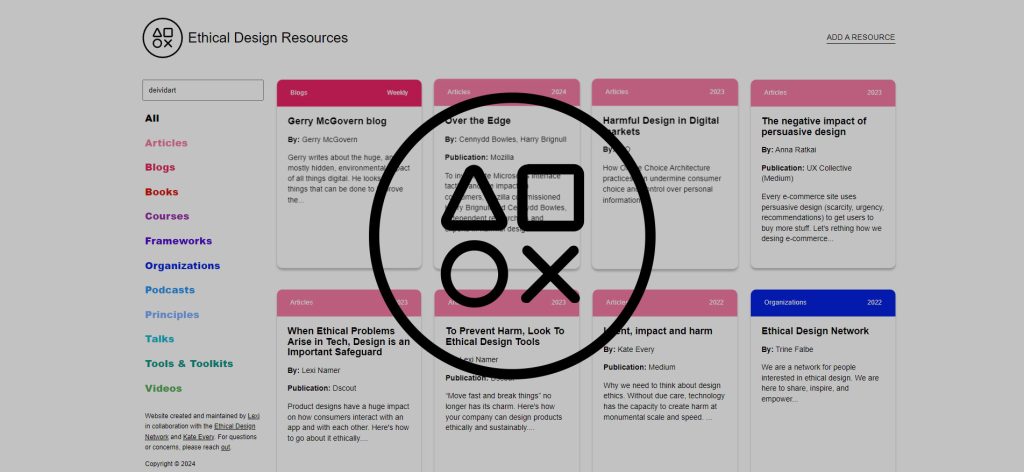
In short
Today, ethical design takes on greater relevance in the process of creating a product, service or experience, so that companies, organizations or governments use it to prevent a negative or undesired impact on society and generate a benefit and the greatest value in a sustainable manner.
As a graphic designer, ask yourself the following question: How can I improve the world through design?
Categoría/s: Opinion


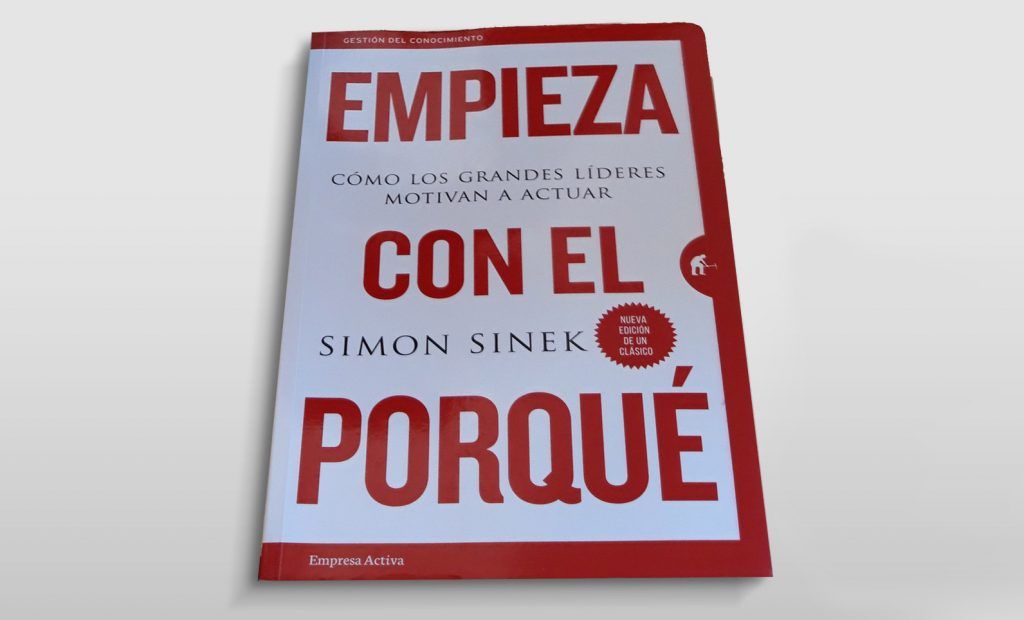
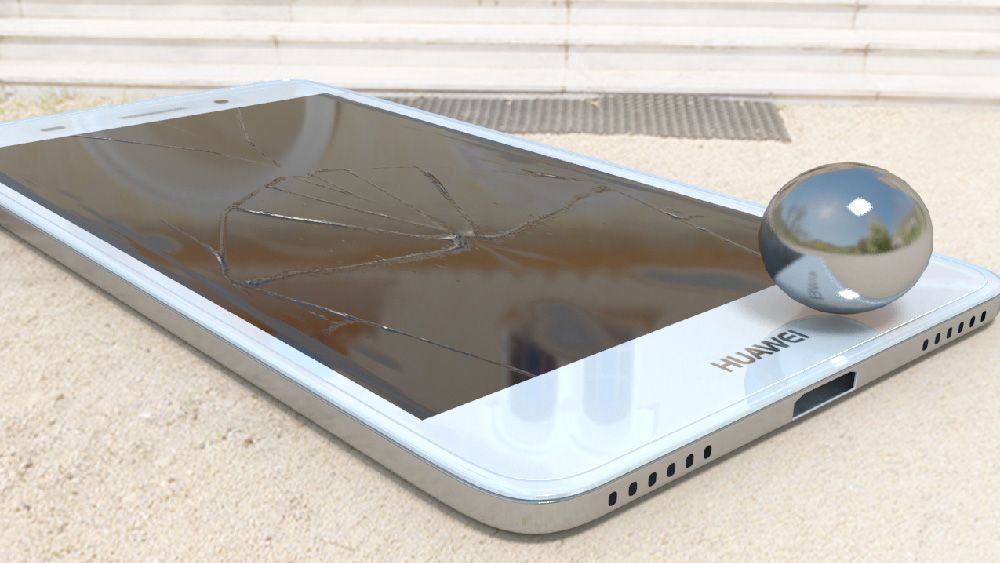


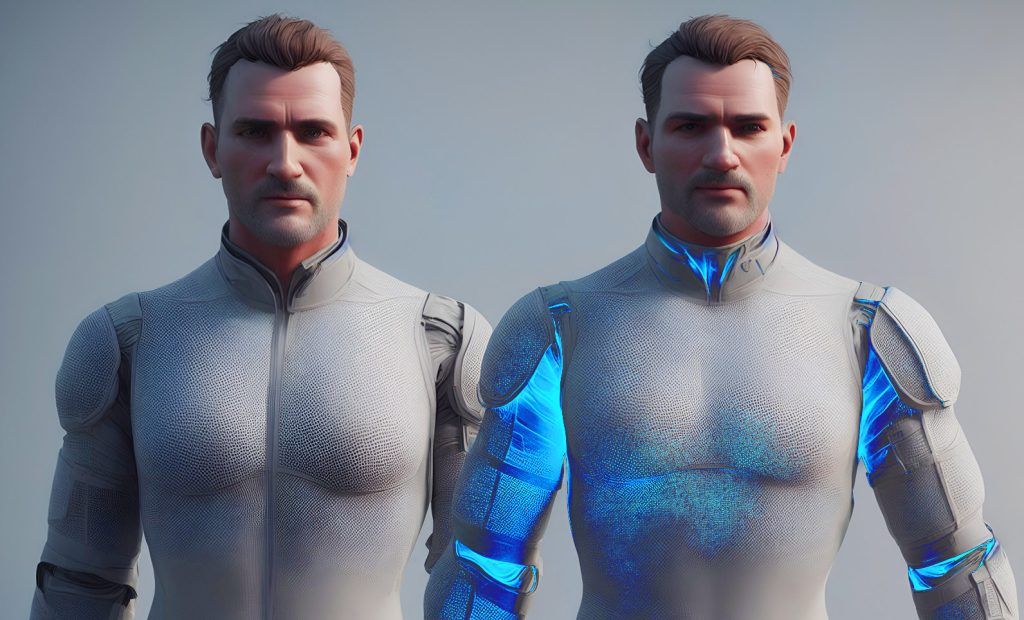
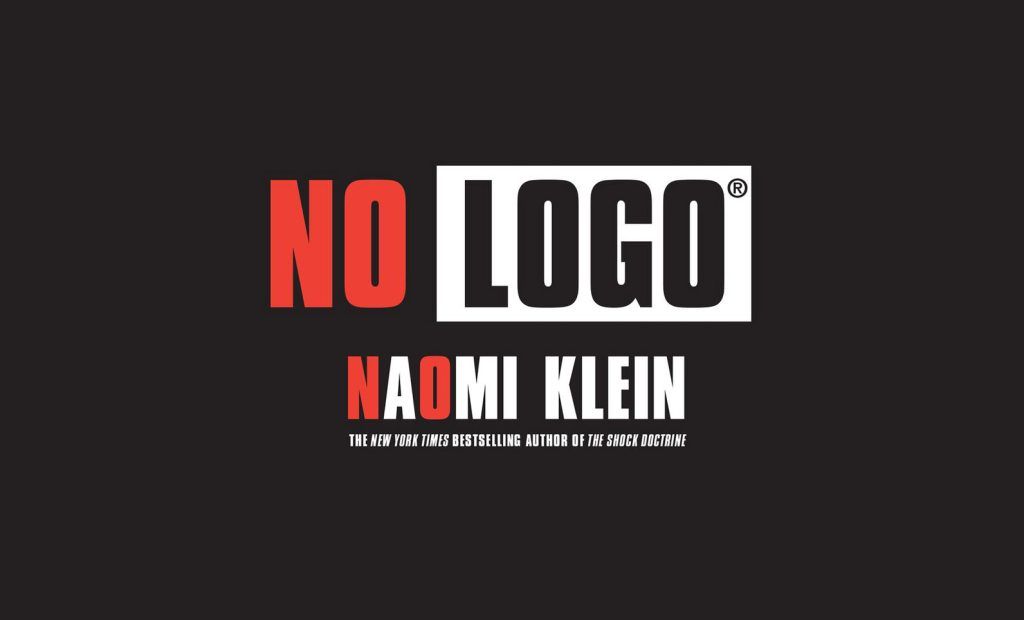
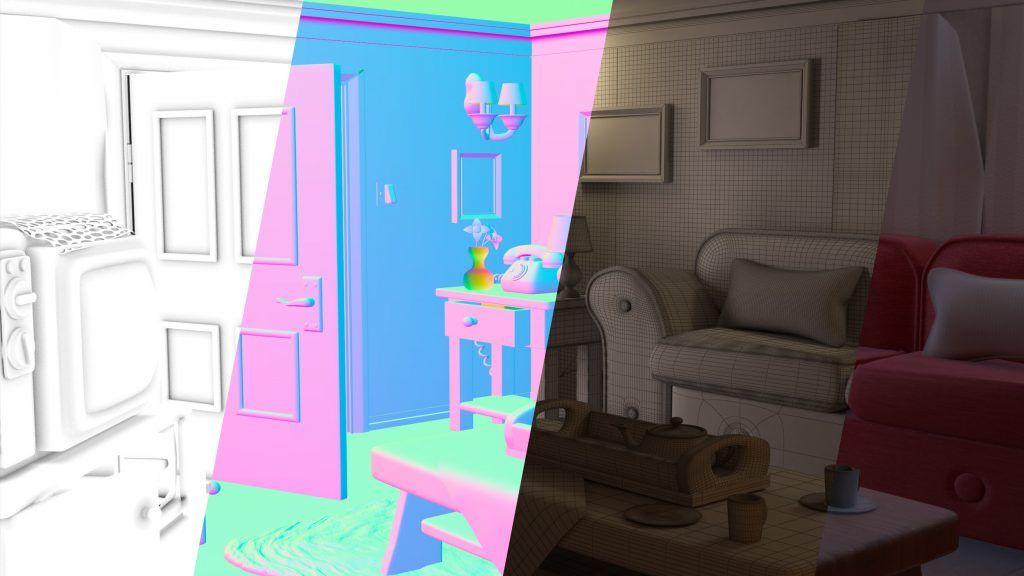
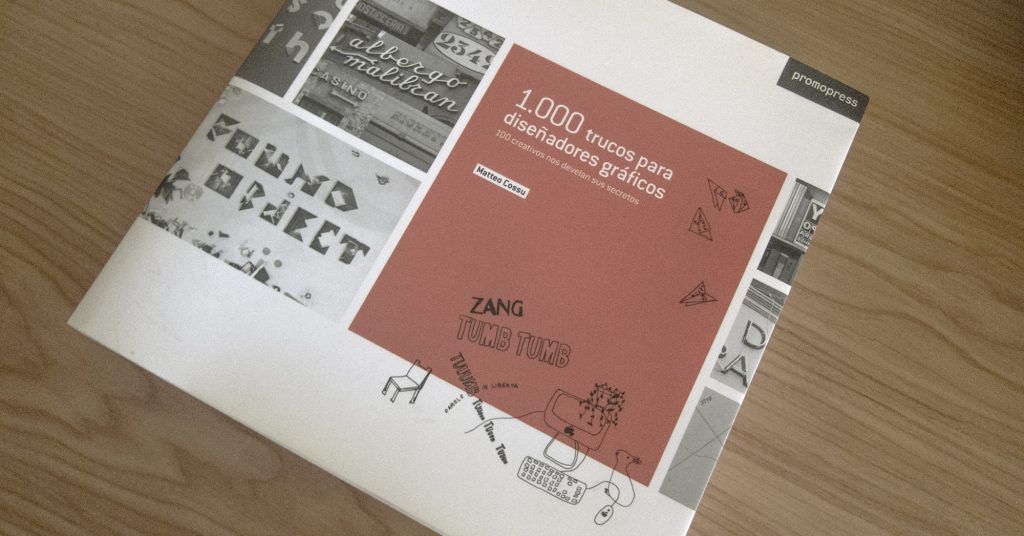
Leave a Reply